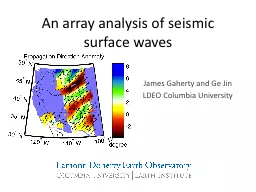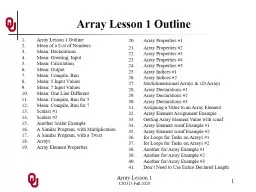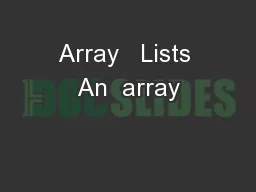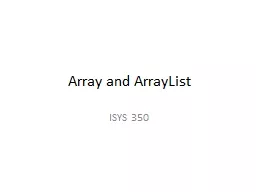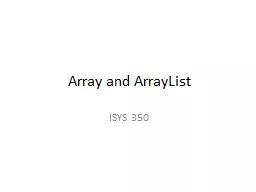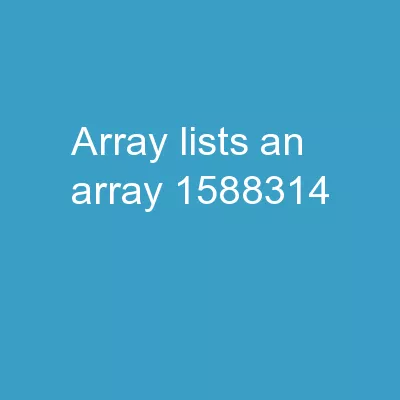PPT-Array OF HOPE DAN STOBER
Author : myesha-ticknor | Published Date : 2019-11-20
Array OF HOPE DAN STOBER INTERMOUNTAIN HEALTHCARE MARCH 21 2018 DAN STOBER Intermountain Healthcare Data Warehousing and Infrastructure EDW Consultant Data Architect
Presentation Embed Code
Download Presentation
Download Presentation The PPT/PDF document "Array OF HOPE DAN STOBER" is the property of its rightful owner. Permission is granted to download and print the materials on this website for personal, non-commercial use only, and to display it on your personal computer provided you do not modify the materials and that you retain all copyright notices contained in the materials. By downloading content from our website, you accept the terms of this agreement.
Array OF HOPE DAN STOBER: Transcript
Download Rules Of Document
"Array OF HOPE DAN STOBER"The content belongs to its owner. You may download and print it for personal use, without modification, and keep all copyright notices. By downloading, you agree to these terms.
Related Documents






